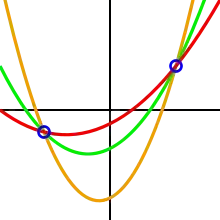Wow. Too many overly smart people here showing off their knowledge of security systems but everyone seems to be getting it wrong or missing the concept.
One person refers to OTP, which typically means One Time Pad and is an encryption technique, but mistakenly calls it One Time Password, which is a totally different thing entirely.
The Grid Multifactor Authentication used in lastpass has nothing to do with Encryption. It's an authentication mechanism. It falls into the "something you have" category because you don't memorize it and therefore it is not "something you know".
The bottom line is that it is just a second very long password and it is akin to other companies or websites asking you originally for a secret word or phrase and then when logging in they ask something like: "type the 3rd, 5th, and 7th letters of your secret".
With enough data collection, a hacker would be able to know the whole word or in the case of the Grid, the whole grid, but hopefully you have replaced it after using up a significant amount of it (I'd go with about 25% at the highest).
Since the original post is now over 9 years old, I'm posting this not for the benefit of the OP, but for anyone else that may stumble across this as I did.
